"Portrait Frances, Lady Whitmore Née Brooke, 17th Century, Exquisite Carved Frame, Oil On Canvas"
Portrait of Frances, Lady Whitmore nee Brooke (c.1638-1690) 17th CenturyCircle of Sir Peter Lely (1618-1680)
This exquisite portrait, painted during the seventeenth century, depicts Frances Brooke, Lady Whitmore when she was around twenty-five years of age. Depicted three-quarter length and seated in a woodland the portrait is an excellent example of English Baroque portraiture. The work was in the collection of Lieutenant-Colonel Godfrey Fitzhugh who was a descendant of the sitter at his magnificent family mansion, Plas Power Hall in Wales. The work is held in an outstanding carved giltwood frame with undulating sprays of bay leaves & berries, oak leaves and acorns, with roses, interrupted by acanthus leaf corners – an exquisite work of art in itself.
Our sitter was born Frances, Lady Brooke and was the daughter of Sir William Brooke; she was known as a great beauty at the Restoration court. The beautiful Brooke sisters, Frances and Elizabeth, were brought to London and taken to Court at an early age. Their grandfather was George Brooke, younger brother of Henry VIII’s Lord Cobham, and their uncle was Digby, Earl of Bristol. It is said that they were introduced to Court by their uncle, the Earl of Bristol, in the hope that one or both would capture the attention of the versatile Charles. Our sitter, Frances, escaped the temptations of the Court by espousing Sir Thomas Whitmore of Bridgnorth (c.1642-1682) sometime before May 1665; he was the second son of Sir Thomas Whitmore, 1st Baronet of Apley Park (1612-1653). The couple had three daughters, one of whom (Frances) was also a great beauty, married (secondly) Sir Richard Myddelton 3rd Baronet of Chirk Castle. Our sitter’s husband died in 1682 and was buried at St. Pauls Cathedral, London. Lady Whitmore then married Mathew Harvey, Esquire of Twickenham (c.1639-1693) as her second husband. He had both a brother and a cousin who were knighted and his uncle was the great physician who discovered the secret of the circulation of blood. It was said that there seemed to be a deep love between the couple. She died 15th May 1690 and was buried at Twickenham; her monument contains an epitaph by Dryden.
The inspiration for this portrait was a painting which forms part of a series of eleven portraits known as The Windsor Beauties painted by Sir Peter Lely and his workshop produced early to mid-1660s. They sitters depict ladies of the court of King Charles II; Frances Teresa Stuart was Maid of Honour in the Royal Household, some of the others were noted courtesans, while others were respected members of the nobility. The name stems from the original location of the collection, which was at Windsor Castle. They set show the women at three-quarter length in various poses. Some women wear current fashions; others are draped in fabric described by Lady Mary Wortley Montague as “a night-gown fastened with a single pin” (a night-down at the time is an evening dress today) as this style did not quickly ‘date’ the portrait and it was also intended to evoke classical antiquity. Originally commissioned, or assembled, by Anne Hyde, Duchess of York, when the set was first mentioned they were hung in "the Duke of York's room" in 1668 and at some time prior to 1835 they were transferred to Hampton Court where they were still on display as of 2022. As such was the notoriety of these woman there was a high demand for their portrait and Lely’s series were the subject of many replicas both at the same time and also into the next century. Our portrait is one such example and would have been painted during the lifetime of the sitter.
Our portrait was in the collection of Lieutenant-Colonel Godfrey Fitzhugh, Plas Power Hall near Wrexham. Wrexham was once surrounded by a whole ring of country houses of exceptional historical and architectural interest such as Acton Park, Cefn Park, Erddig Hall, Cadwgan Hall, Plas Power, Brymbo hall, Stansty Park, Gwersyllt Park, and Grewford Lodge of which most have now been demolished. Sir Henry Power appears to have established the estate in 1620. His grandson sold it to William Fownes in 1699, and in 1733 it was sold to Mary Myddelton, daughter of Sir Richard Myddelton of Chirk Castle. Plas Power was thereby added to the estates that Mary Myddelton had already inherited from her mother, Frances Whitmore, the sitter in our portrait. From 1720, the sitting tenant at Plas Power was Rev. Thomas Lloyd, whose mother was Elizabeth Myddelton of the Plas Cadwgan branch of the Chirk family; he had been tutor at Chirk under Richard Myddelton, served Mary Myddelton as chaplain, and also acted on behalf of both of them in estate matters throughout his life. On Thomas Lloyd's death in 1734, therefore, his son, William, succeeded him as the sitting tenant at Plas Power, and on Mary Myddelton's death in 1747 she bequeathed Plas Power to him, also making him a trustee of the Chirk estate. William Lloyd's second son, also named William, succeeded him at Plas Power, and on his death without issue in 1816 the estate passed to his nephew, Thomas FitzHugh (1770-1857). Plas Power then passed to his son Godfrey William Fitzhugh (1829-1895), to his son Capt. Godfrey Fitzhugh (1873-1917), and finally to his son, Col. Godfrey Edmund Fitzhugh (1905-1985).
Therefore close links between Plas Power and Chirk existed for many years. Our portrait, along with at least three other family portraits, were at Plas Power by 1906 (including portraits of our sitter’s three daughters by Godfrey Kneller).
Peter Lely, the son of a Dutch military officer, was born in Germany at Soest in Westphalia in 1618. He studied in Haarlem before moving to London in 1641, and in 1647 he became a freeman of the Painter-Stainers’ Company. Initially, Lely painted landscapes, religious, and mythological scenes, however, he quickly recognised the strength of the English market for portraiture and this is where he turned his attention. He was employed by the Duke of Northumberland, who had the royal children in his care, and he was able to study the Northumberland Collection of works by Van Dyke and Dobson. By the end of the Commonwealth he had become the best-known portraitist in England. In 1661 he was appointed Principal Painter to the King and from then on, he maintained a busy and successful practise painting the most elite and influential members of the court and of everyone of importance. His studio was prolific and employed many assistants, as was the common studio method. His success thus meant that he established the basic English portrait style for decades.
Lely was a connoisseur and was known for his own fine art collection. By the end of his life he had assembled one the finest non-princely collections in Europe including more than 25 of Van Dyke’s major English works of Old Masters including Veronese, Titian, Claude Lorrain and Rubens, and a fabulous collection of drawings, was broken up and sold after his death, raising the immense sum of £26,000. Some items in it which had been acquired by Lely from the Commonwealth dispersal of Charles I's art collections, such as the Lely Venus, were re-acquired by the Royal Collection.
Literature:
“Some beauties of the seventeenth century” by Allan Fea (1860-?), p.260, published 1906 by Methuen & Co., London
Provenance:
[Possibly] By descent in the family of Frances, Lady Myddleton, Chirk Castle, the sitter's daughter until the twentieth century;
Lieutenant-Colonel Godfrey Fitzhugh, Plas Power, Wrexham;
With Frost and Reed, 1953 (according to a label on the reverse)
Private UK collection since at least 1974
Measurements:
Height 150cm, Width 125cm framed (Height 59”, Width 49.25” framed)


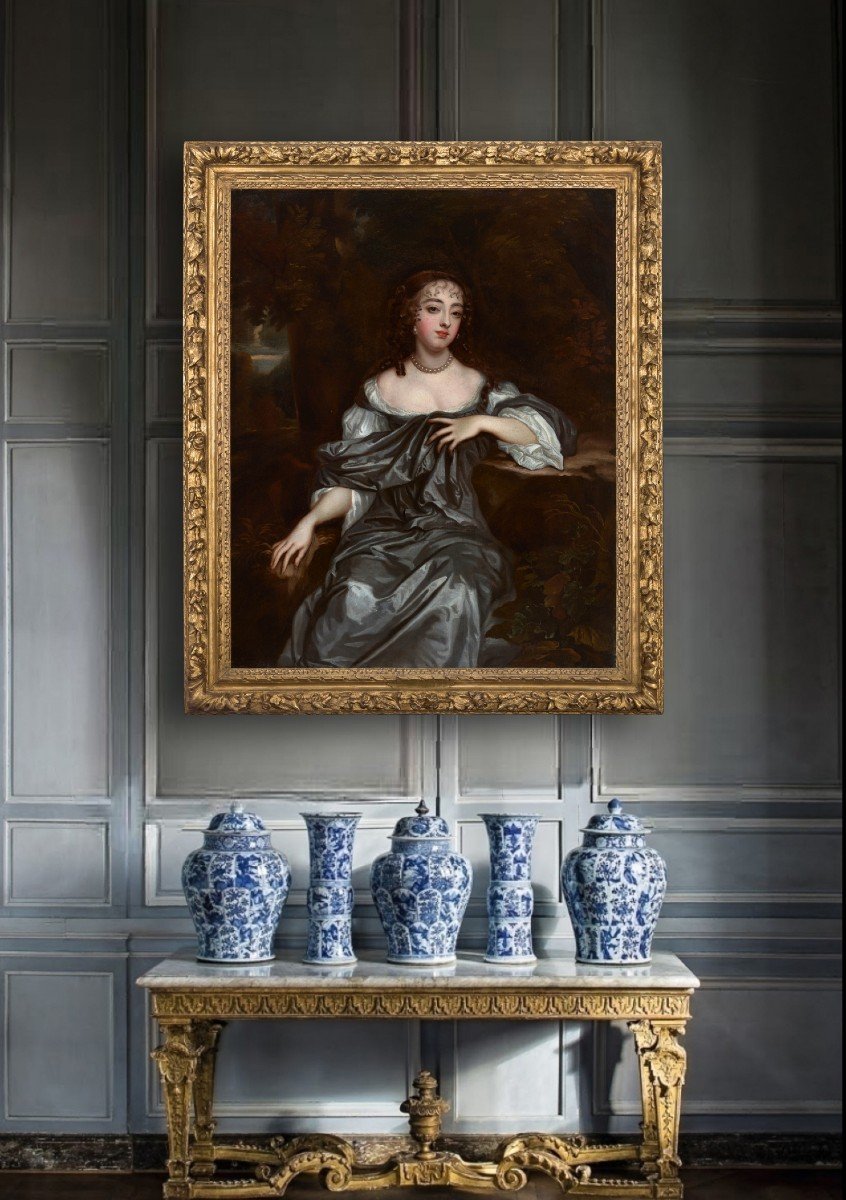
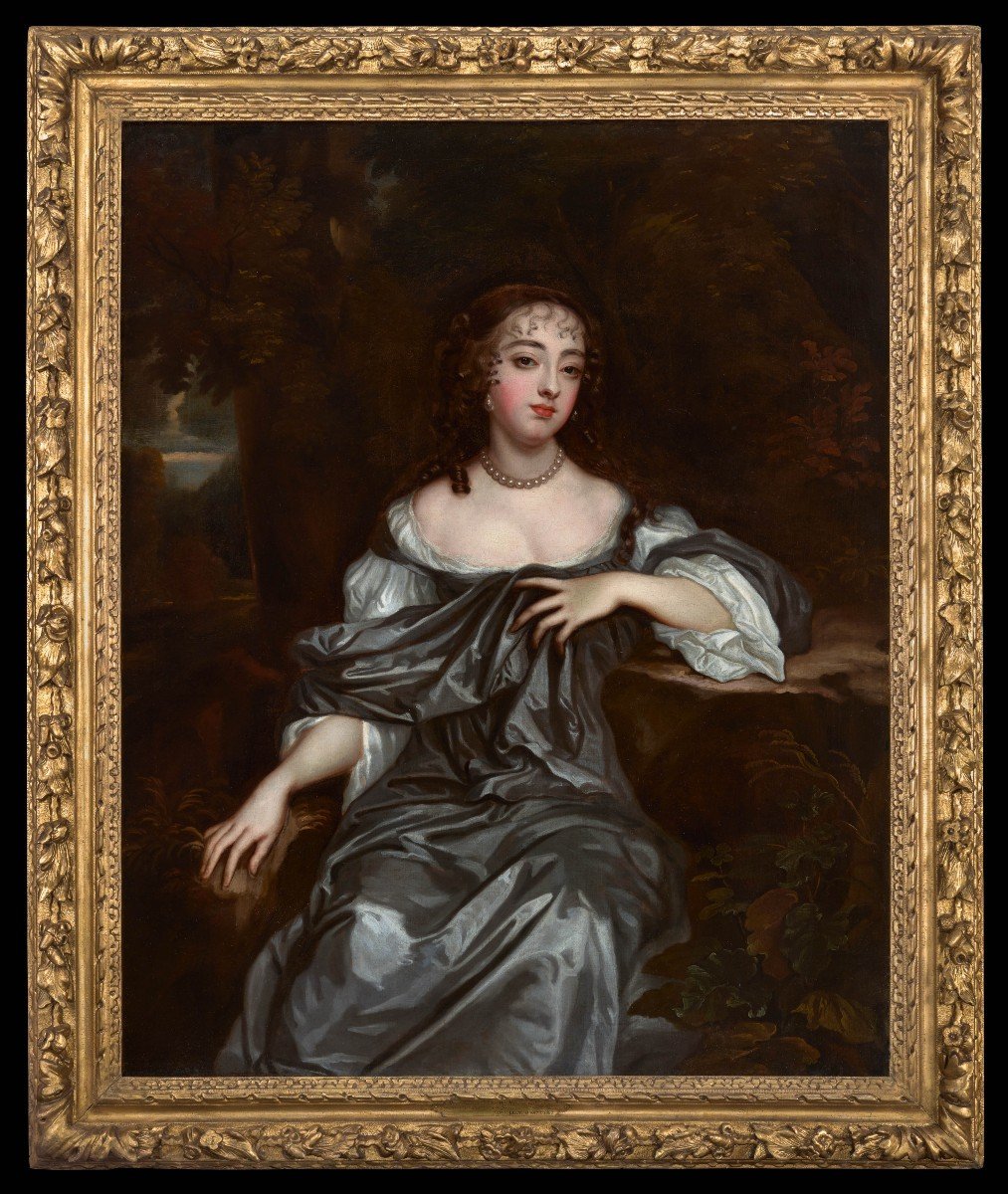
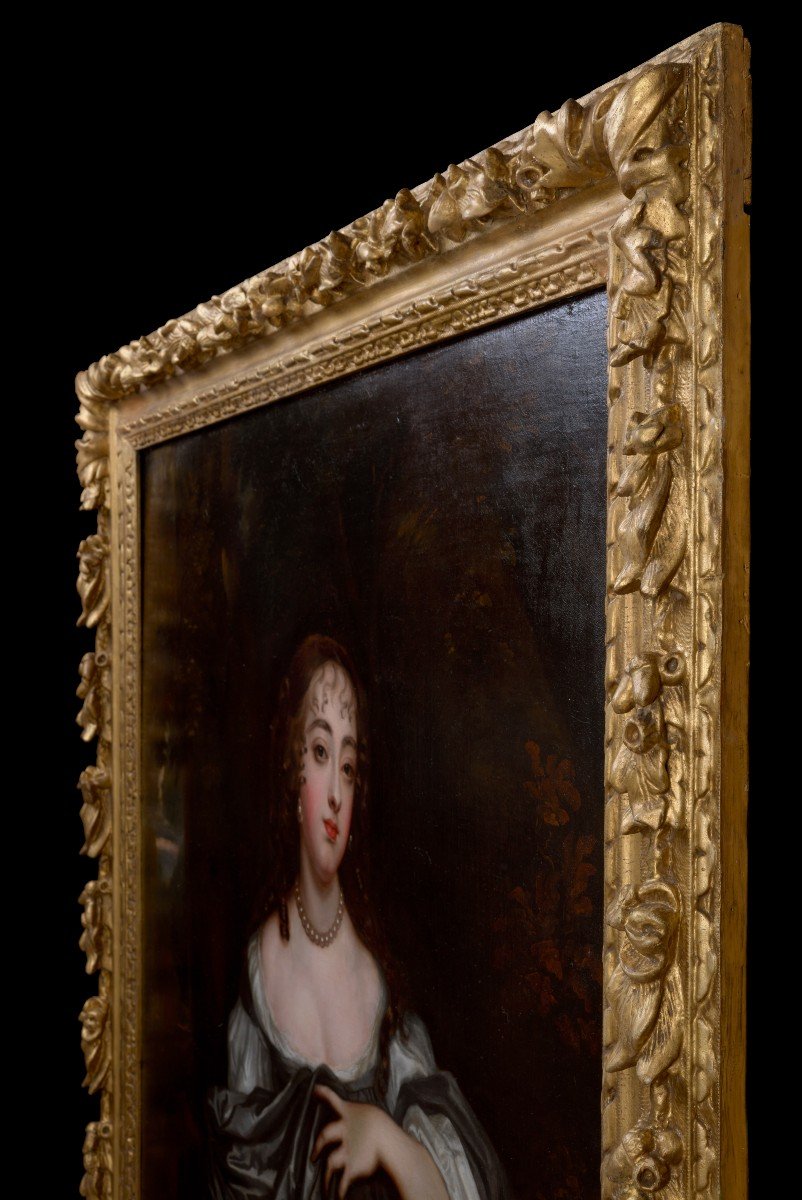
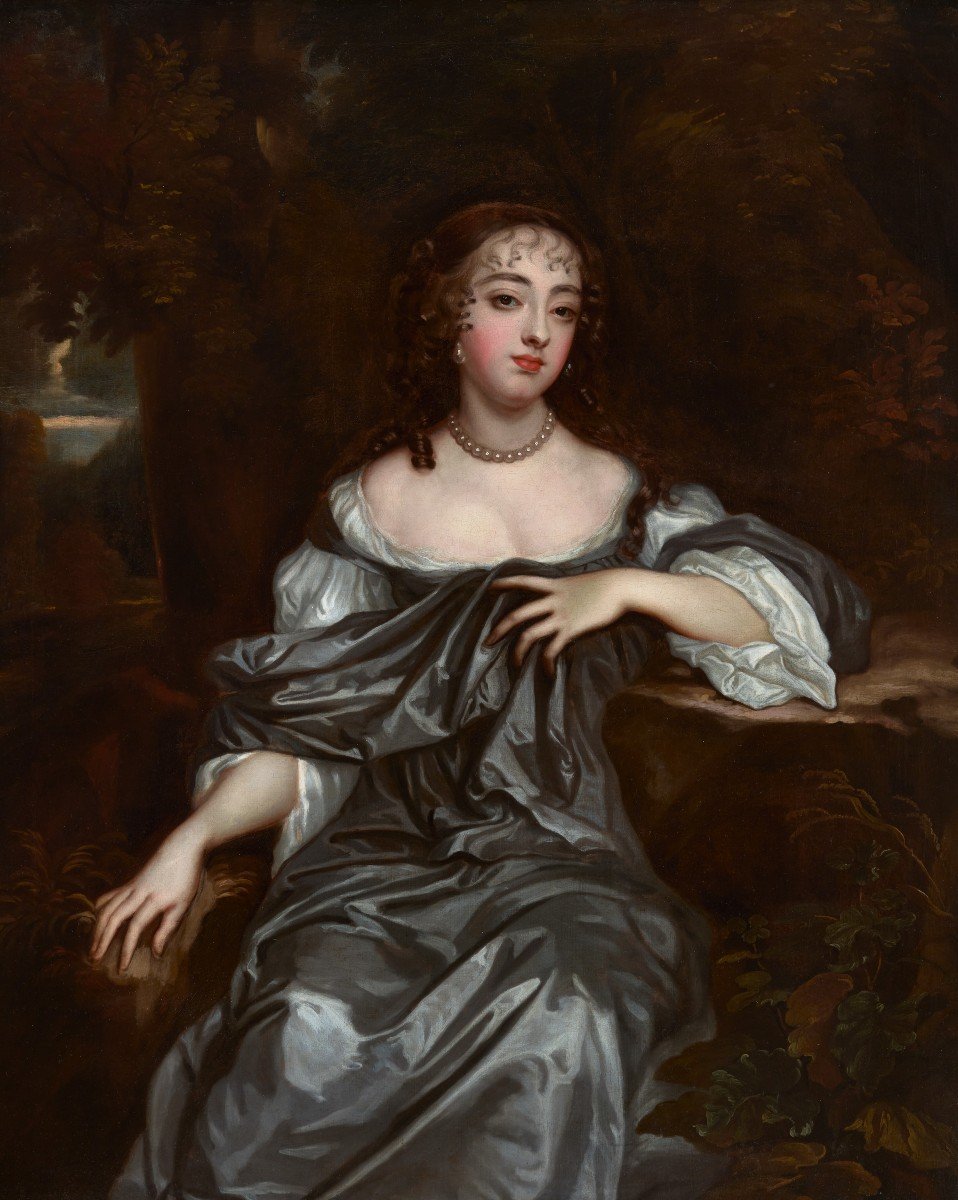
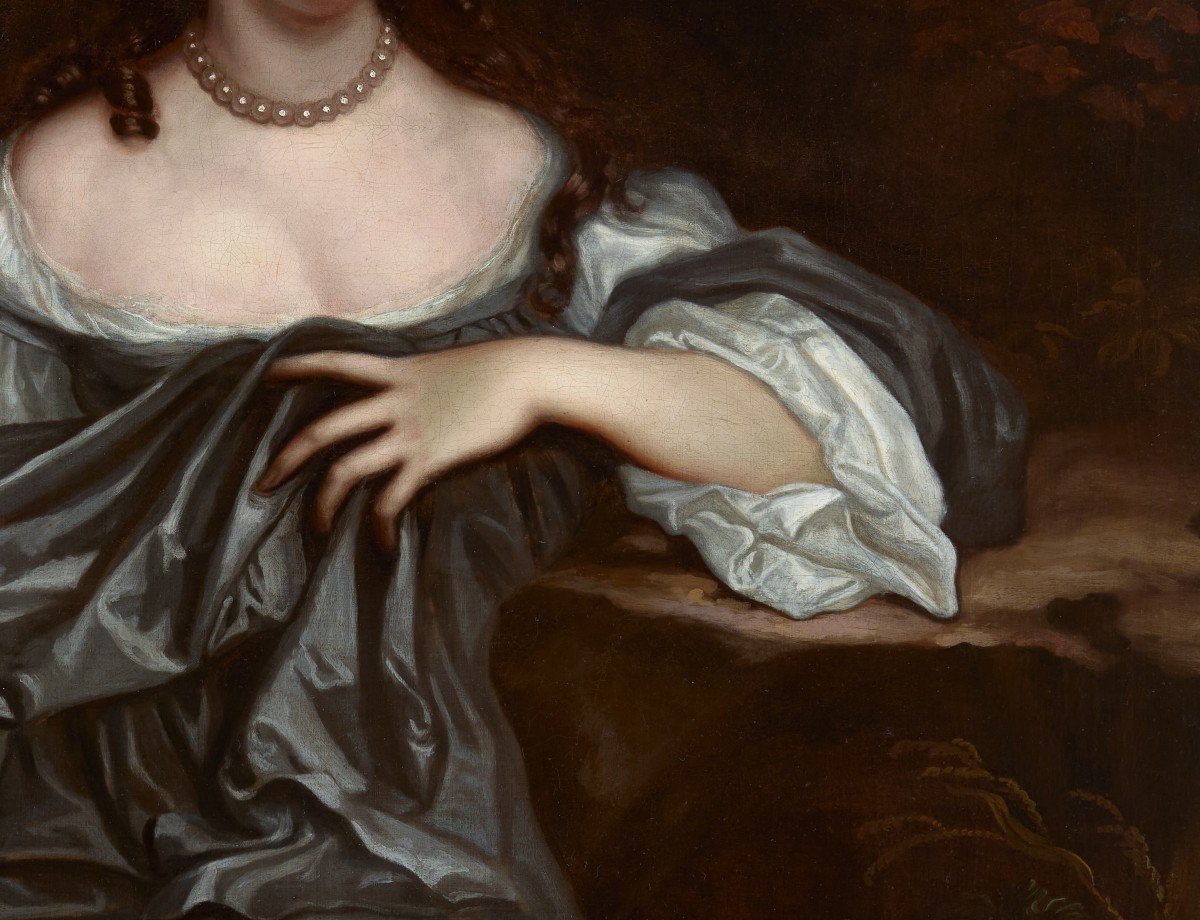
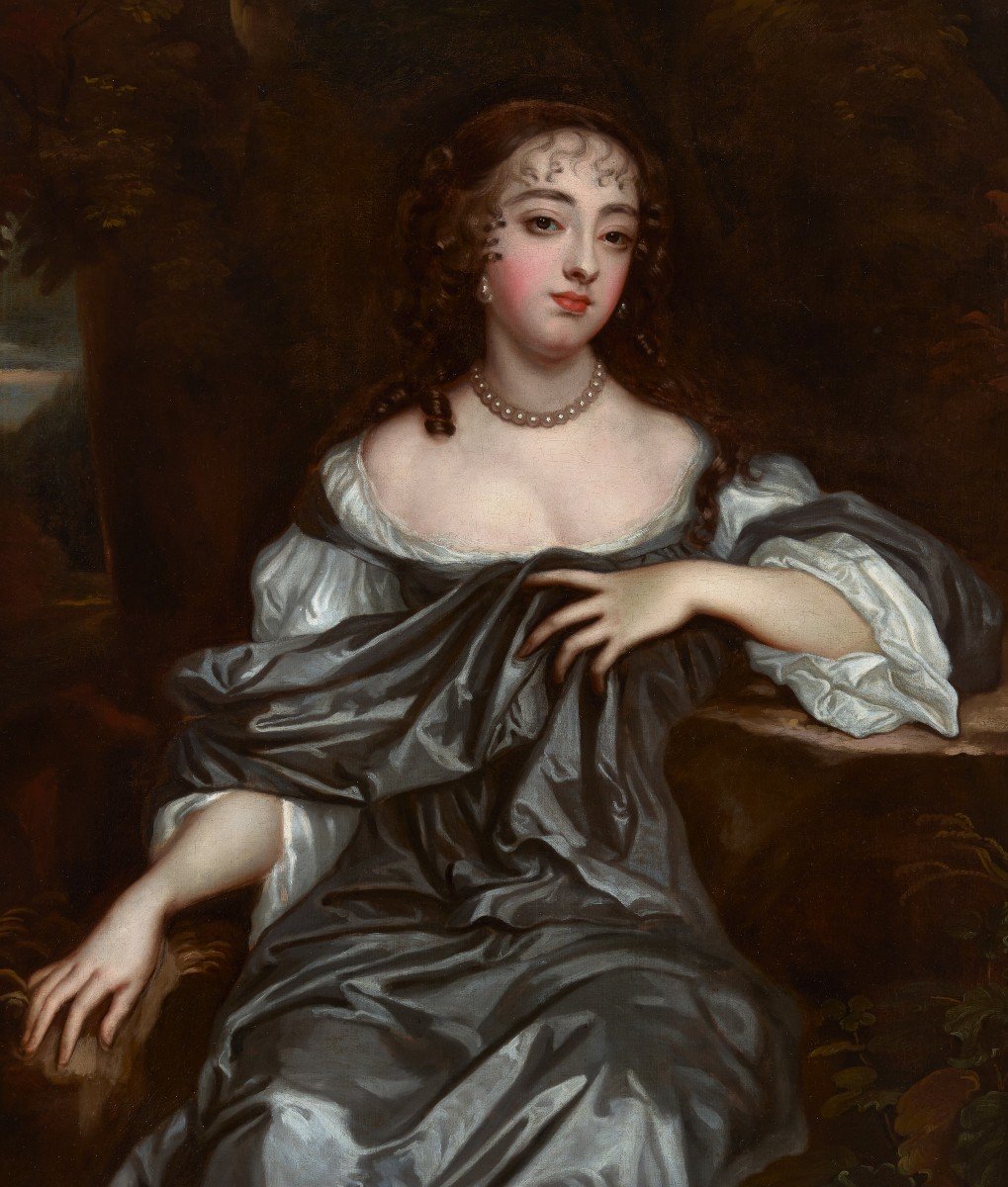
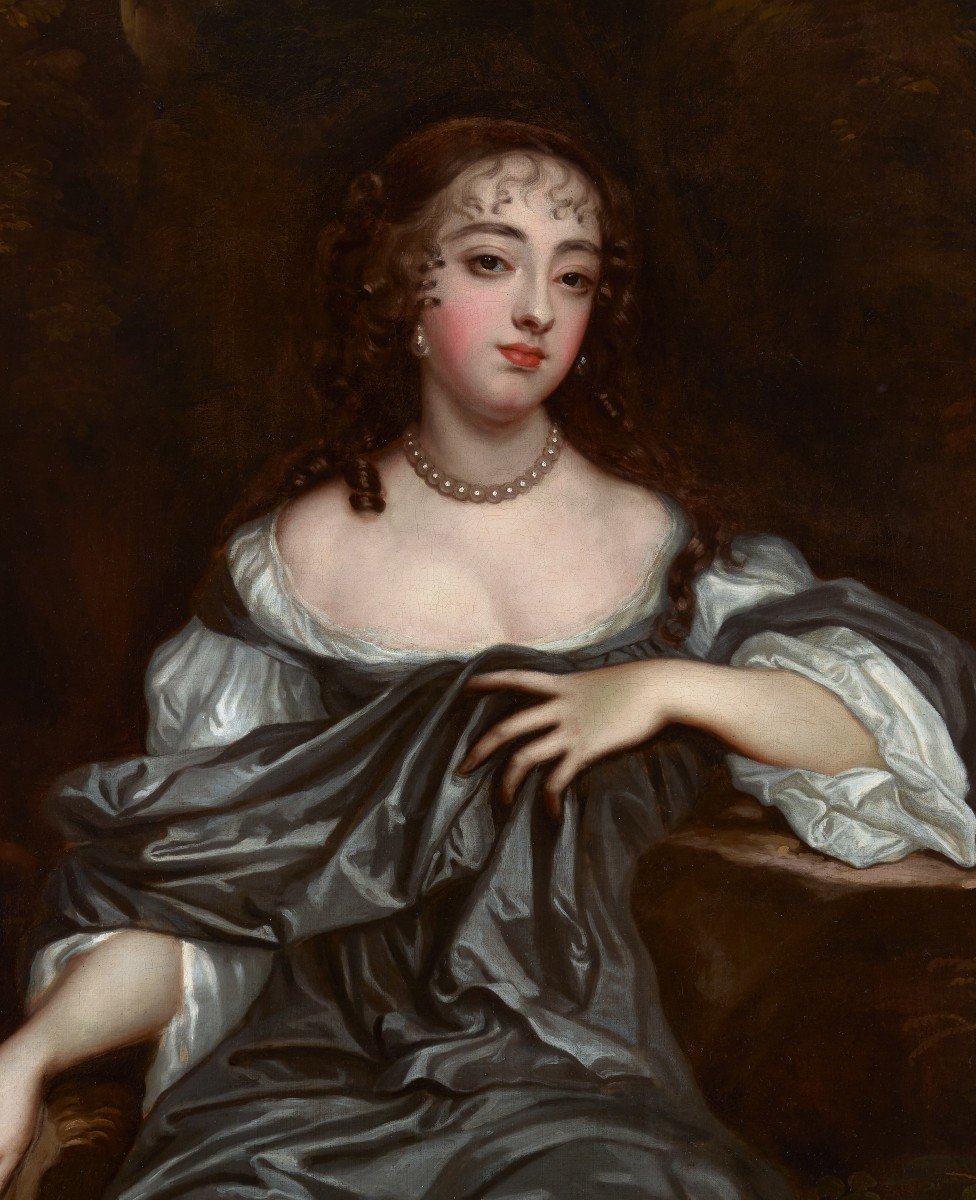
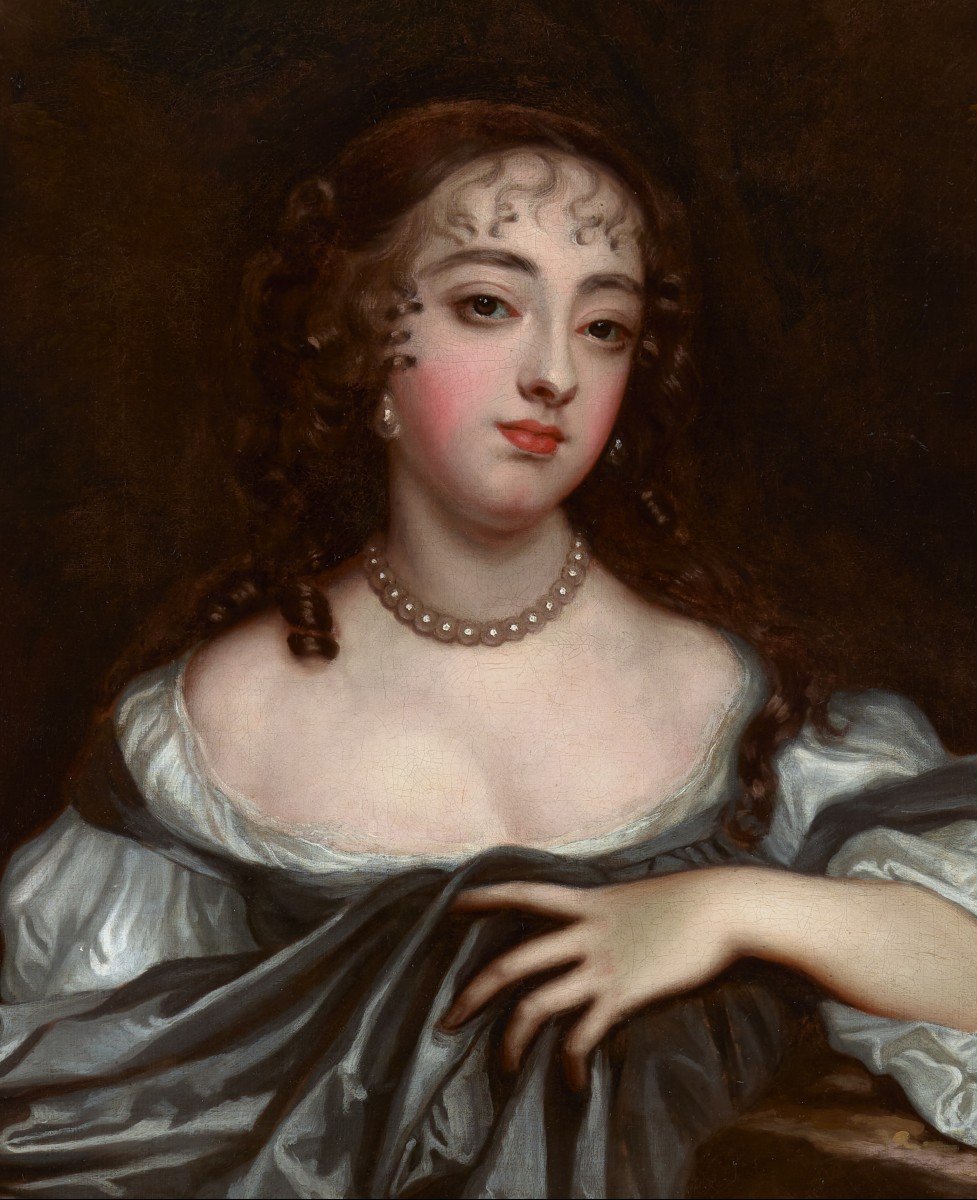
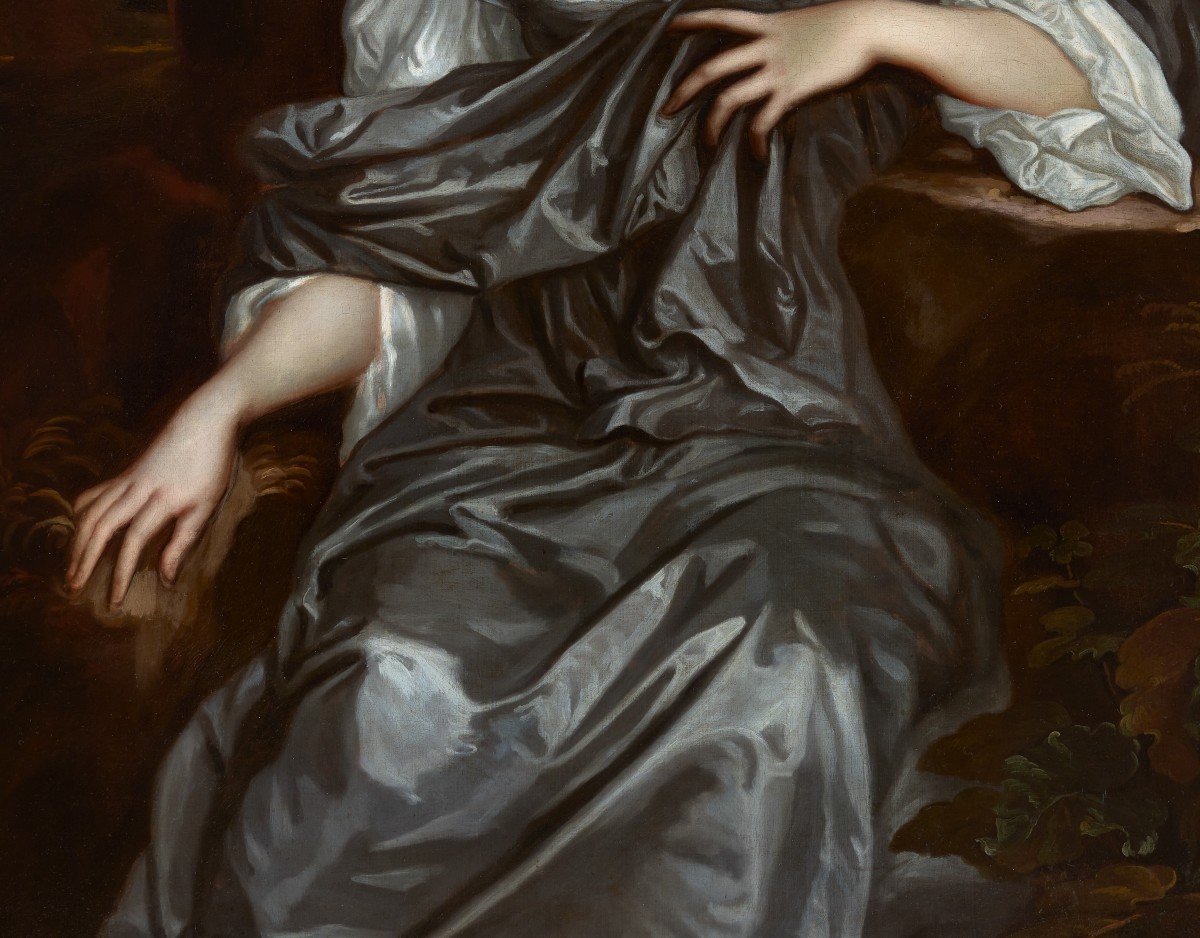
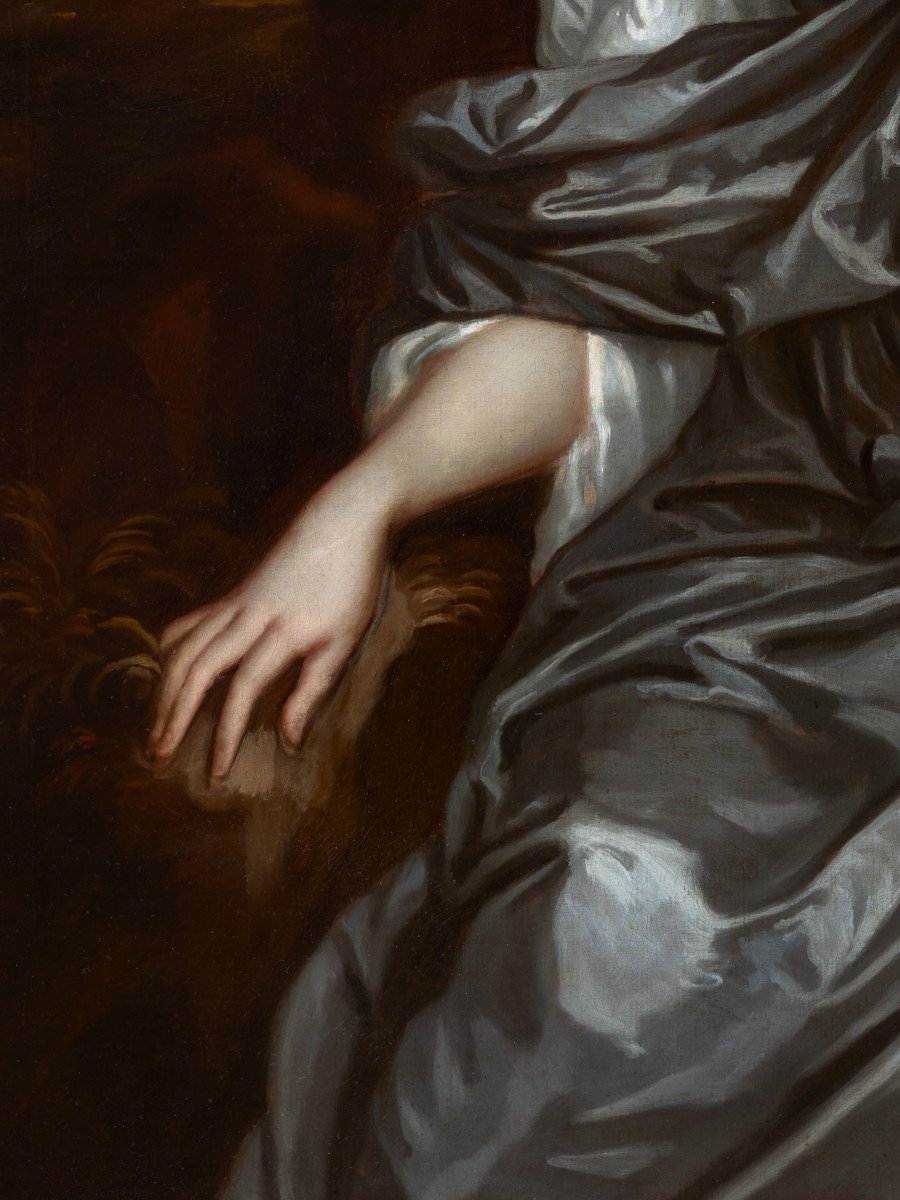












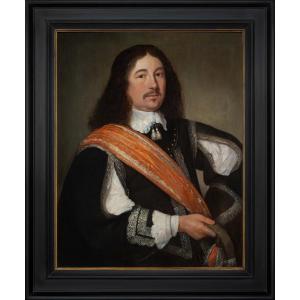
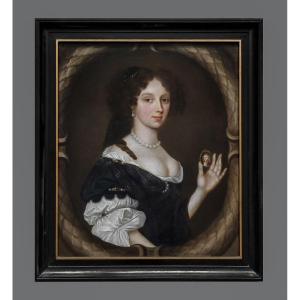

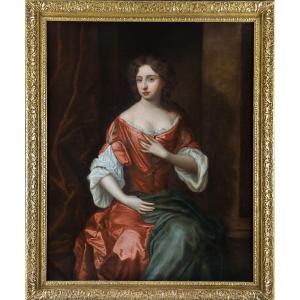
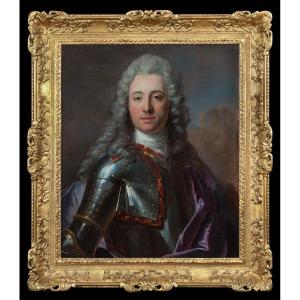
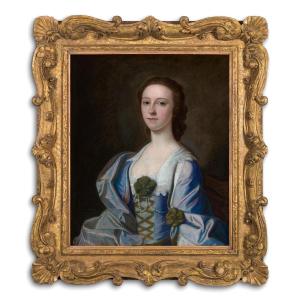

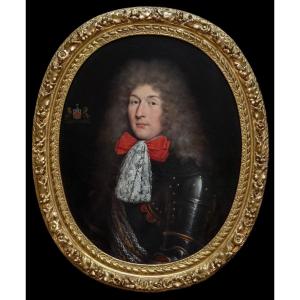
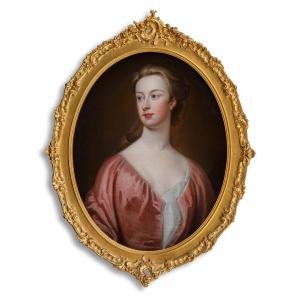
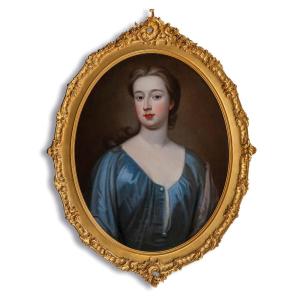
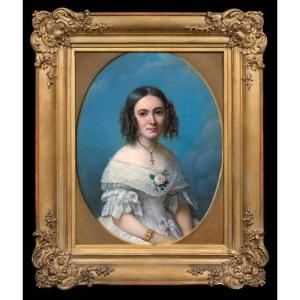

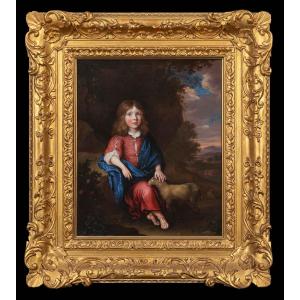
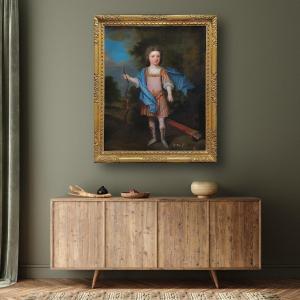
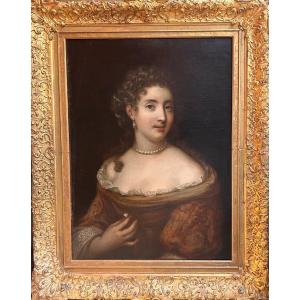
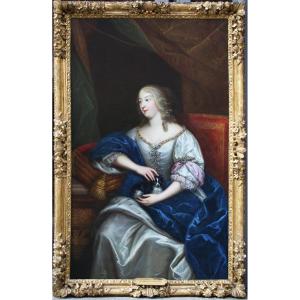
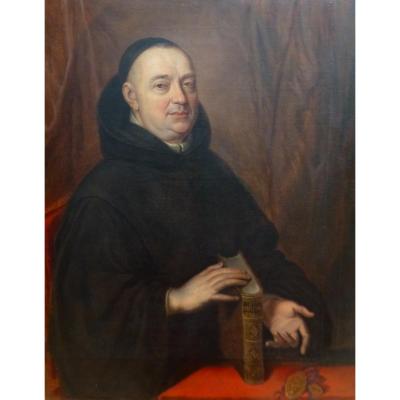
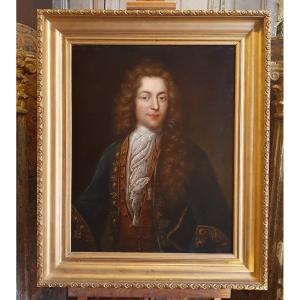
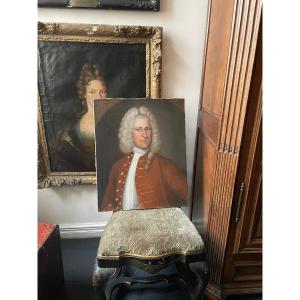




 Le Magazine
Le Magazine Rivista Artiquariato
Rivista Artiquariato TRÉSORS magazine
TRÉSORS magazine